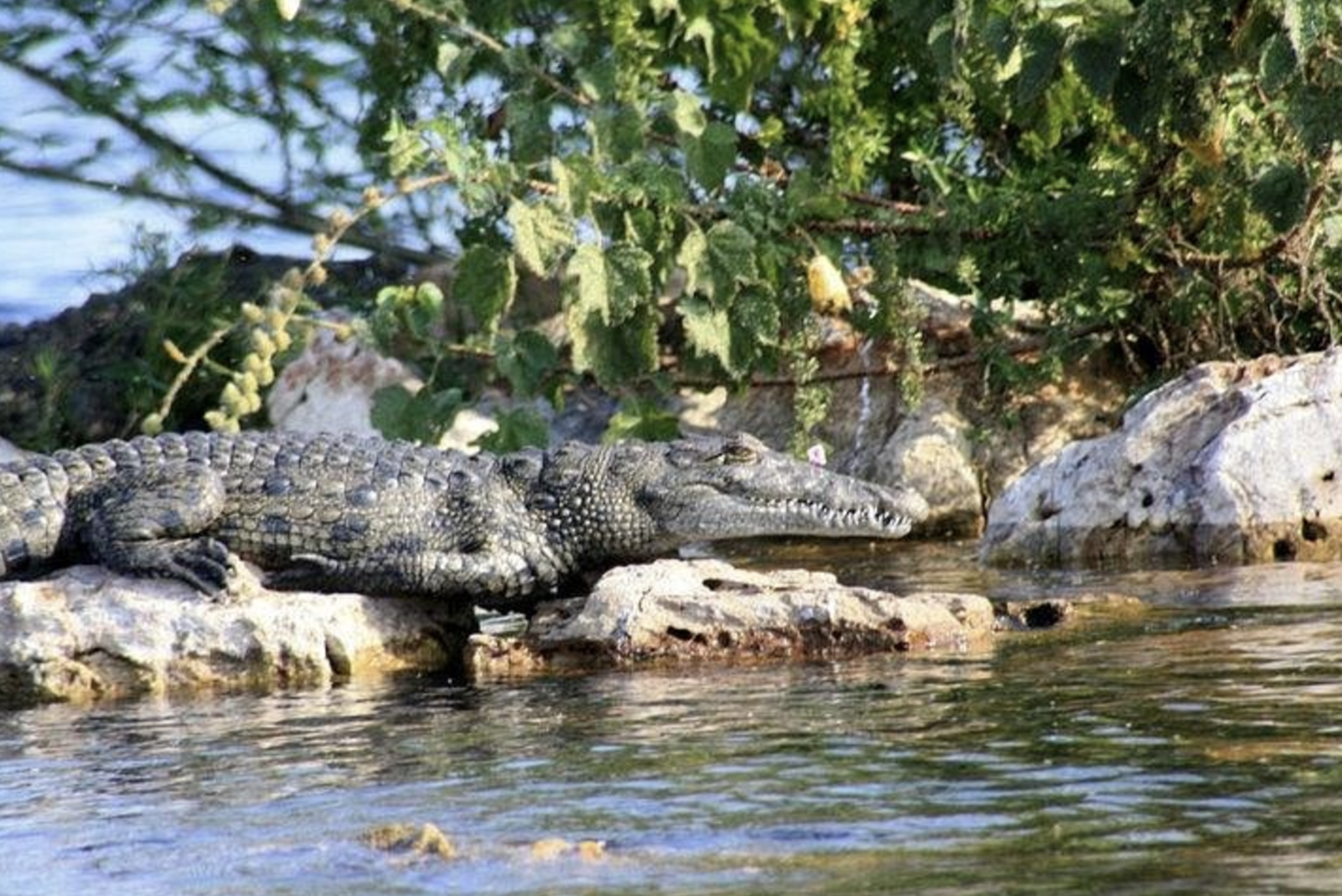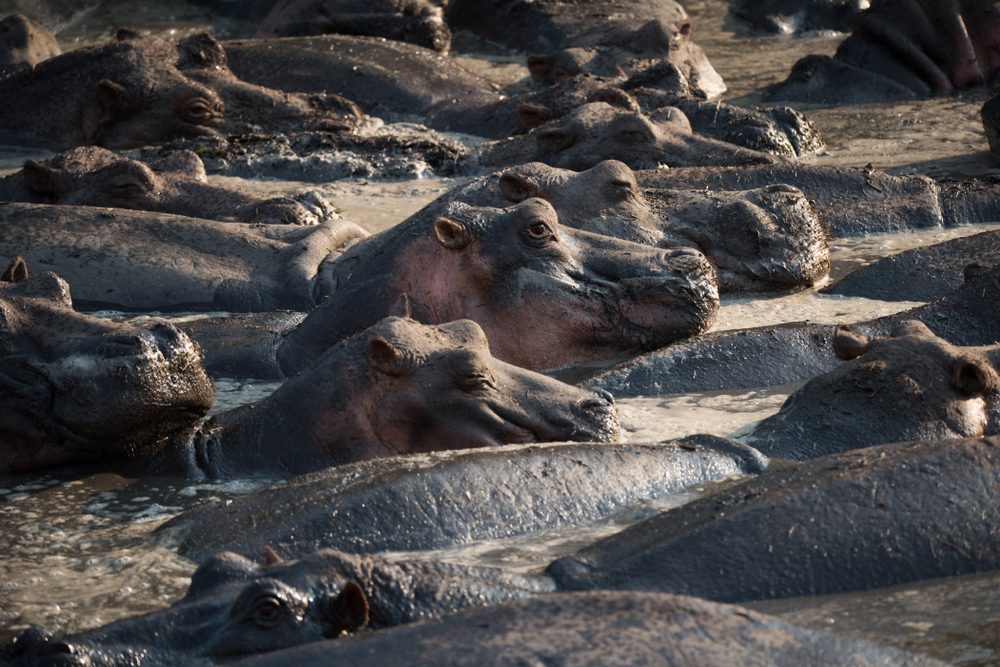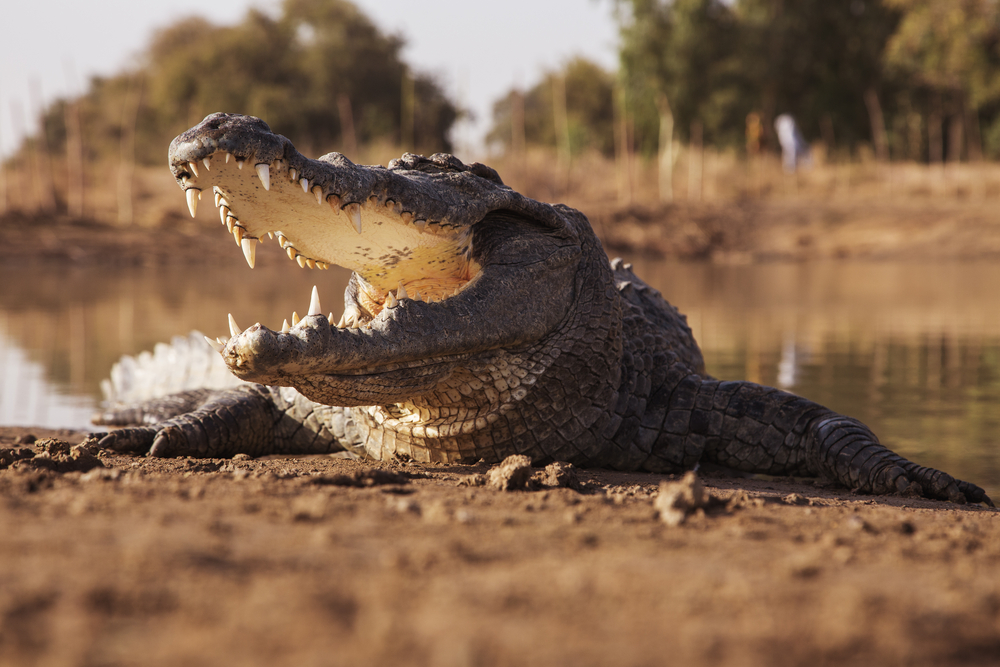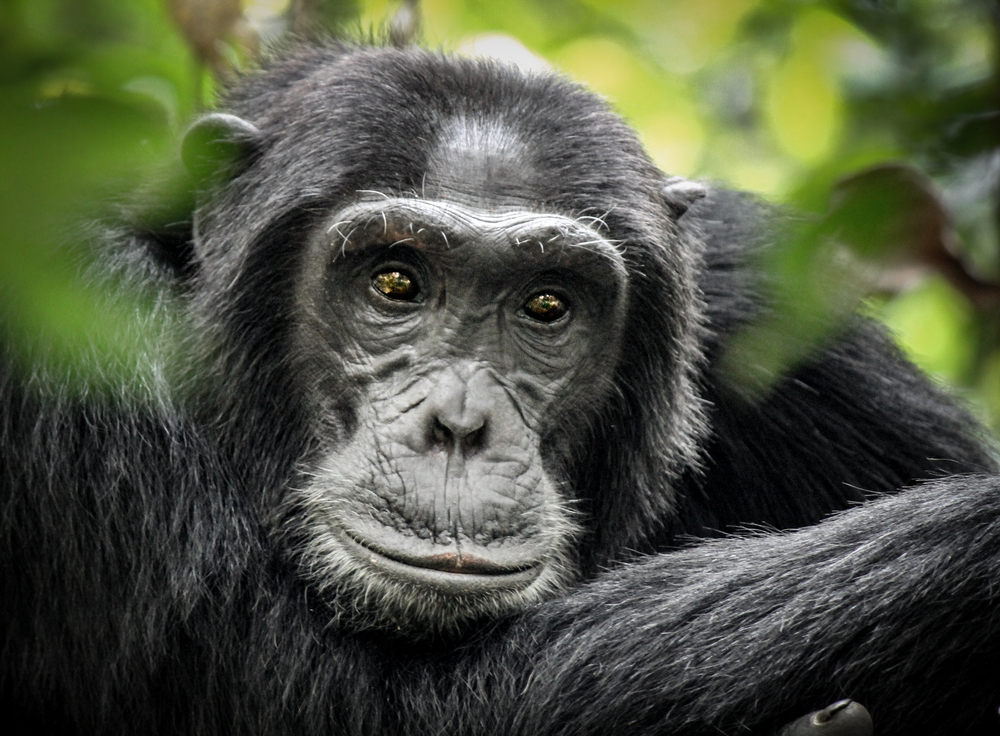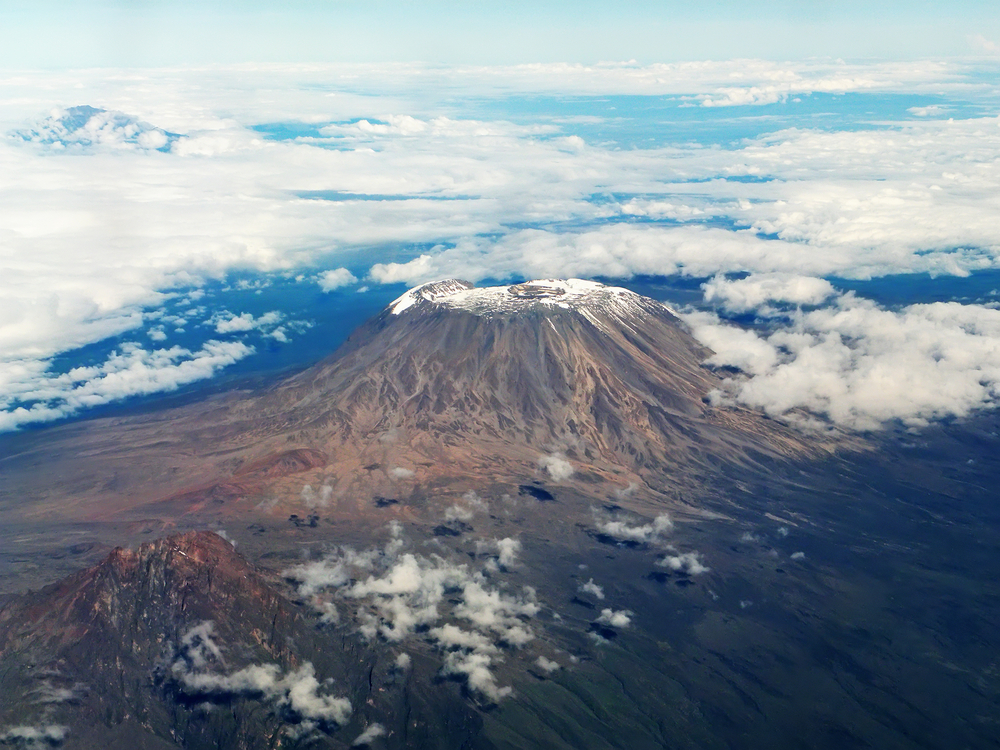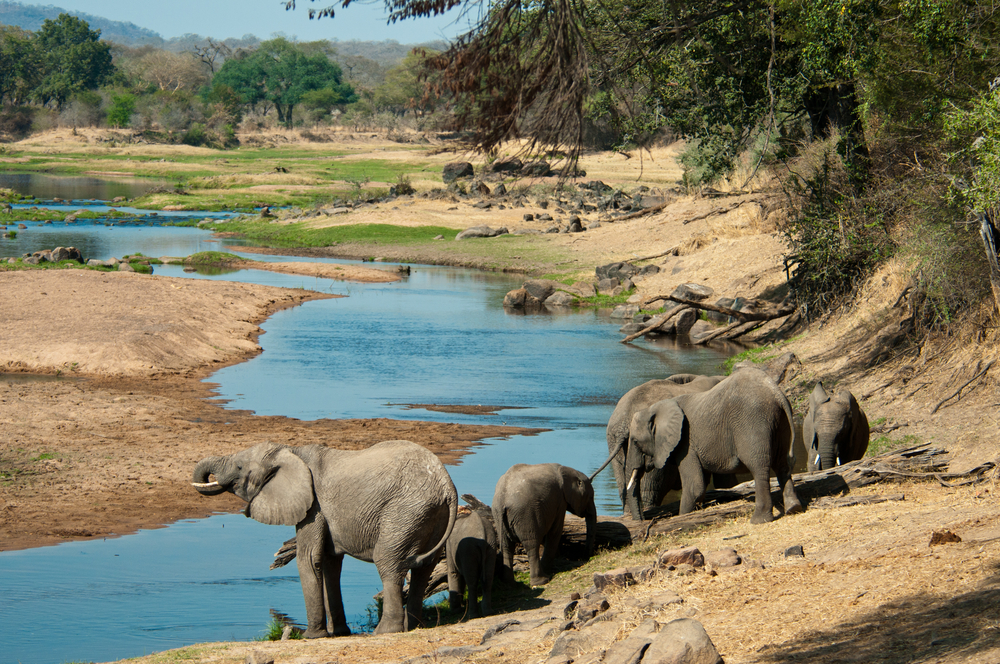Rubondo Island Overview
Rubondo Island National Park, locally known as Hifadhi ya Taifa ya Kisiwa cha Rubondo, is a lush, pristine paradise located on the southwestern corner of Lake Victoria, Africa’s largest freshwater lake. Covering an area of 456 square kilometers (176 square miles), Rubondo Island and its surrounding waters are a haven for wildlife, birdlife, and eco-tourism enthusiasts. Established in 1977, the park stands as Tanzania’s only island national park, offering visitors an exceptional blend of terrestrial and aquatic ecosystems.
The park is dominated by the emerald green forests that blanket the island, interspersed with open grasslands, sandy beaches, and rocky outcrops. The gentle hills that roll across the island create stunning viewpoints overlooking the vast expanse of Lake Victoria. While Rubondo lacks towering mountains or dramatic waterfalls, its untouched forests and secluded bays provide a serene setting ideal for exploration and relaxation.
Rubondo Island National Park is renowned for its incredible biodiversity and fascinating wildlife. It is most famous for its chimpanzee population, introduced in the 1960s as part of a groundbreaking conservation initiative. Visitors have the unique opportunity to track these primates through the dense forests, where they can observe them swinging through the trees or foraging for food. In addition to chimpanzees, the park is home to sitatunga antelopes, elephants, hippos, and giraffes. Aquatic wildlife thrives along the shores of Lake Victoria, where Nile crocodiles and monitor lizards are often seen basking in the sun.
The waters surrounding Rubondo teem with life, making the park a haven for anglers and aquatic enthusiasts. The lake is famous for its Nile perch, some of which can grow to an impressive size, attracting sport fishers from around the world. The park’s shoreline is also frequented by otters, which can occasionally be seen darting playfully through the water.
Rubondo Island is a paradise for birdwatchers, boasting over 300 recorded bird species. The island’s forests, wetlands, and shores are alive with the calls of birds such as the African fish eagle, pied kingfisher, herons, and ibises. Migratory species also visit the park, enhancing its rich avian diversity. The densely forested areas host colorful species like turacos, hornbills, and parrots, while the wetlands attract flocks of waterbirds.
The park’s conservation legacy is deeply significant. Rubondo Island was uninhabited when it was designated a protected area, allowing its ecosystems to remain largely undisturbed. Managed by the Tanzania National Parks Authority (TANAPA), the park continues to prioritize the protection of its chimpanzees and native wildlife. Anti-poaching patrols and reforestation efforts ensure that Rubondo remains a sanctuary for endangered species. The park’s ongoing conservation projects highlight its role as a model for ecological restoration and sustainable tourism.
Visitors to Rubondo Island National Park can enjoy a variety of activities, including guided chimpanzee trekking, forest hikes, birdwatching, and boat safaris on Lake Victoria. Angling enthusiasts can try their luck fishing for the giant Nile perch, while nature lovers can explore the island’s unspoiled forests and tranquil beaches.
In summary, Rubondo Island National Park is a hidden gem offering a unique combination of wildlife, forests, and lake-based adventures. It is a haven for conservation, making it a must-visit for eco-tourists and adventurers seeking a peaceful retreat into nature’s beauty.








































































